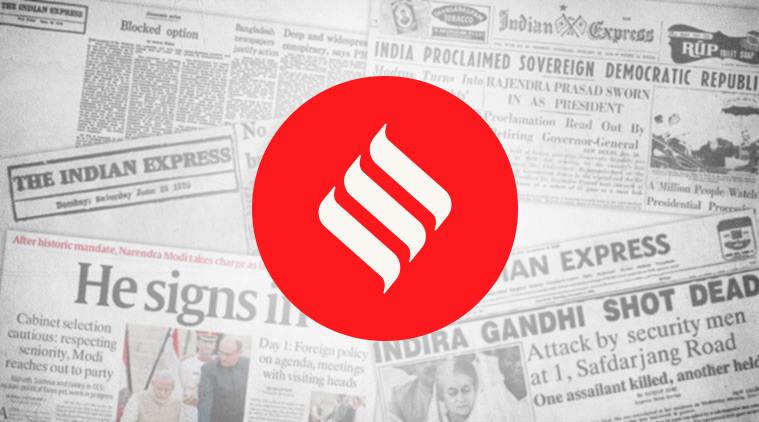
In the past 10 years or so, fire accidents have taken place with disquieting regularity in several Indian cities. In the latest such incident, 17 people lost their lives to a blaze that swept through a five-storey hotel in Delhi. The fire that broke out in the early hours of Tuesday on the building’s first floor quickly traveled upwards and turned the hotel into a death trap — a majority of the victims died of suffocation. A little more than a year ago, in December 2017, 14 people were asphyxiated to death and more than 50 were injured when an inferno engulfed two restaurants in Mumbai’s Kamala Mills area. In 2016, 19 critically ill patients were consumed by a fire in a private hospital in Bhubaneswar. In 2010, nine people lost their lives to a fire in a multi-storeyed commercial complex in Bengaluru. In all these tragedies, one point is stark — fire-preparedness is a matter of shockingly low priority in most parts of the country.
Part Four of the National Building Code, which runs into more than 80 pages, has detailed directions on how to prevent fire hazards. Many states, including Delhi, also have their own fire-safety rules. But the increasing number of accidents invites serious questions about the processes of certification. In most parts of the country, a fire-safety inspection is, at best, a once-in-a-few-years affair. This means that after obtaining a licence, owners of shops, restaurants and other private buildings make changes in the sanctioned layout plans that very often compromise the fire-preparedness of their premises. This seems to have happened at the Delhi hotel. By all accounts, renovations undertaken in the hotel, after it received a no-objection certificate from the fire department in 2017, came in the way of evacuating the trapped guests. Moreover, its emergency exit was blocked when the fire broke out. The fire escape of the Kamala Mills restaurant complex in Bombay was similarly rendered dysfunctional by construction in defiance of safety regulations. The Bengaluru tragedy, too, could have been averted had the corridors leading to staircases not been encroached upon and the fire exits had been kept open.
The FICCI-Pinkerton “India Risk Survey 2018”, draws attention to the “under-equipped fire services in the country”. A Union Ministry of Home Affairs-sponsored study in the same year came to the same conclusion. It found that of the 8,550 fire stations needed in the country, a little more than 2,000 are in place — a shortage of about 65 per cent. Urban areas alone require an additional 4,200 fire stations just to meet the minimum standard for response time, the study revealed. These areas will continue to be tinderboxes, waiting to explode, unless this shortfall is addressed and the country’s urban authorities have robust mechanisms to enforce fire safety regulations.